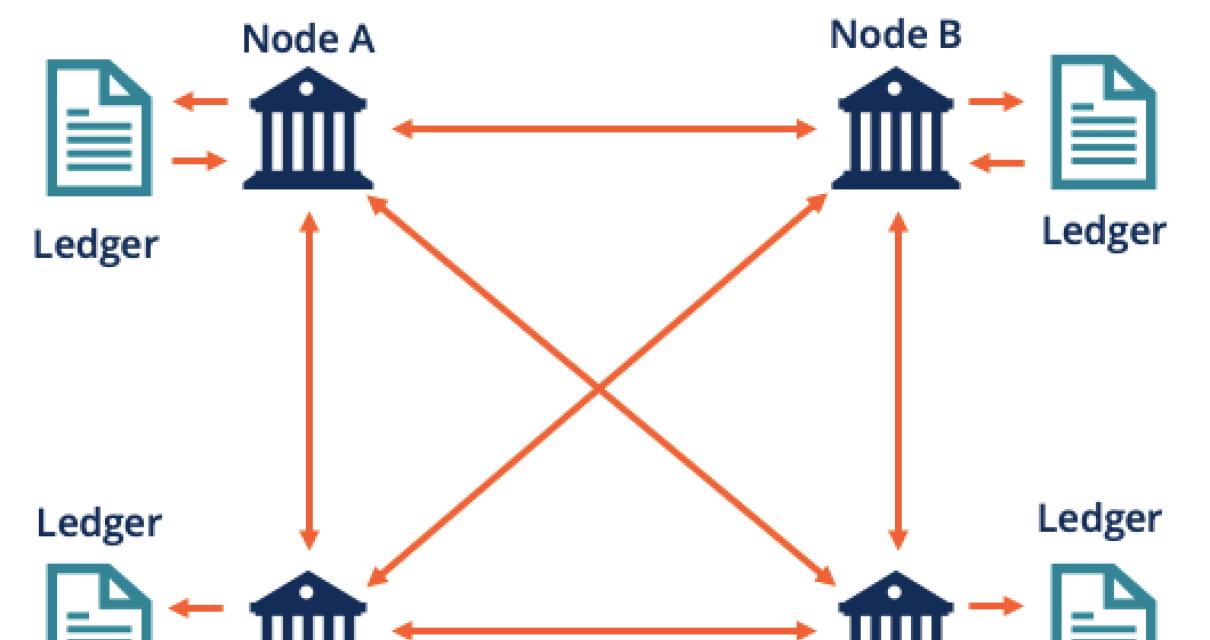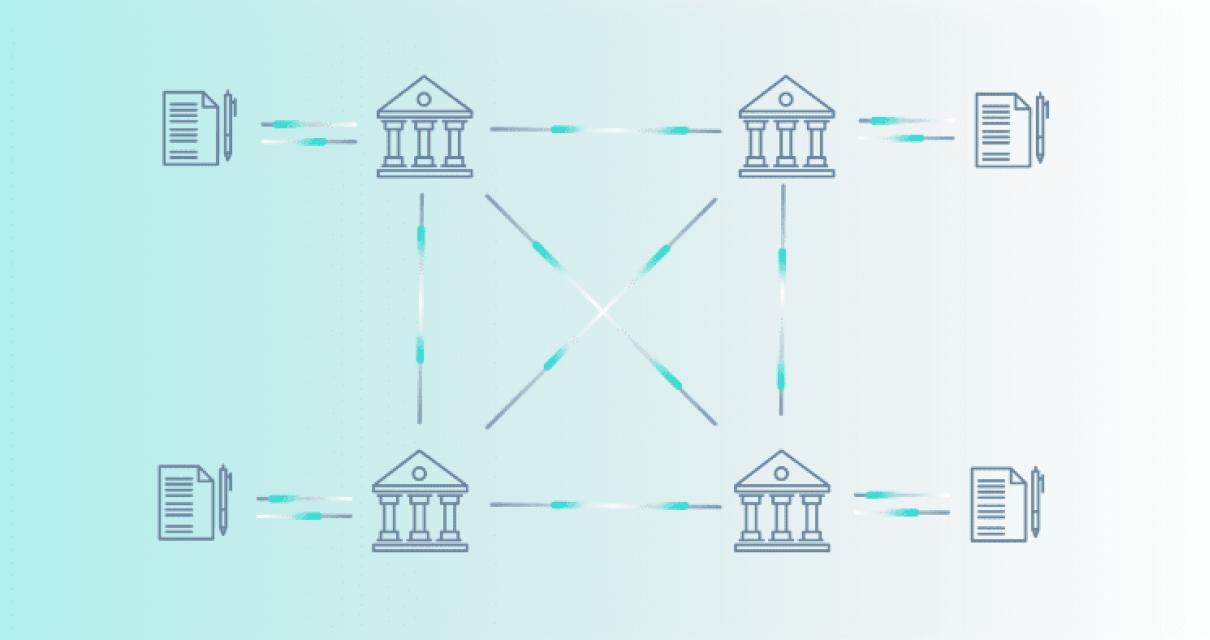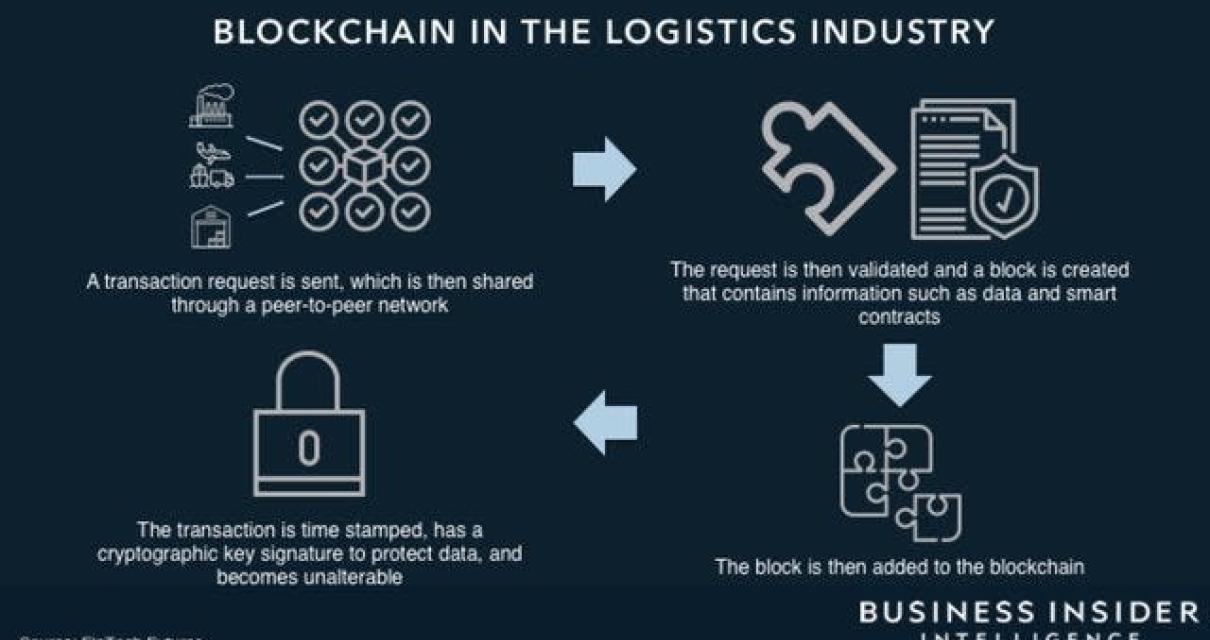What is a blockchain ledger and how does it work?
A blockchain ledger is a digital ledger of all cryptocurrency transactions. It is constantly growing as “completed” blocks are added to it with a new set of recordings. Each block contains a cryptographic hash of the previous block, a timestamp, and transaction data. Bitcoin nodes use the block chain to distinguish legitimate Bitcoin transactions from attempts to re-spend coins that have already been spent elsewhere. Bitcoin nodes use the block chain to distinguish legitimate Bitcoin transactions from attempts to re-spend coins that have already been spent elsewhere.
How can blockchain ledgers help businesses?
Blockchain technology can help businesses to improve trust and transparency, by creating a tamper-proof record of transactions. It can also help to reduce costs and time spent on administrative tasks, by allowing businesses to automate certain processes.
How do blockchain ledgers ensure security?
A blockchain ledger is constantly reconciled and updated. Every node in the network checks the ledger to ensure that it is consistent. If two nodes disagree about the state of a blockchain ledger, they can resolve the disagreement by using a process called proof-of-work.
What are the benefits of using a blockchain ledger?
A blockchain ledger is a secure digital ledger of all cryptocurrency transactions. It is decentralized, meaning it is not subject to any single party or institution. This makes it resistant to fraud and theft, and allows for transparent and secure transactions.

What are the challenges of using a blockchain ledger?
There are a few challenges when it comes to using a blockchain ledger. The first is that it can be difficult to scale up the technology so that it is able to handle a large number of transactions. Secondly, it can be difficult to ensure that the data stored on a blockchain ledger is tamper-proof. Finally, it can be difficult to determine who owns a particular piece of data stored on a blockchain ledger.

How is a blockchain ledger different from other types of ledgers?
A blockchain ledger is a continuously growing list of records, called blocks, which are linked and secured using cryptography. Each block contains a cryptographic hash of the previous block, a timestamp, and transaction data. Bitcoin and other cryptocurrencies use blockchain technology to create an open, transparent and secure ledger of economic transactions.
What types of data can be stored on a blockchain ledger?
Data that can be stored on a blockchain ledger includes transactions, identities, and other data.
How is data accessed on a blockchain ledger?
Data is accessed on a blockchain ledger by verifying its authenticity and integrity.

What happens when data is added to a blockchain ledger?
When data is added to a blockchain ledger, it is encrypted and attached to the block that contains it. Anyone with the correct decryption key can view the data, but they cannot modify or remove it.
Can blockchain ledgers be used for other purposes besides recording transactions?
Blockchain technology has the potential to be used for a variety of other purposes beyond simply recording transactions. For example, blockchain could be used to track the ownership of assets, manage records of provenance, or track the movement of goods.
How will blockchain ledgers evolve in the future?
Blockchain technology is still in its early stages and there is a lot of potential for it to continue to evolve. Some potential future developments include using blockchain technology to create more secure and efficient online systems, as well as helping to improve the transparency of financial systems.